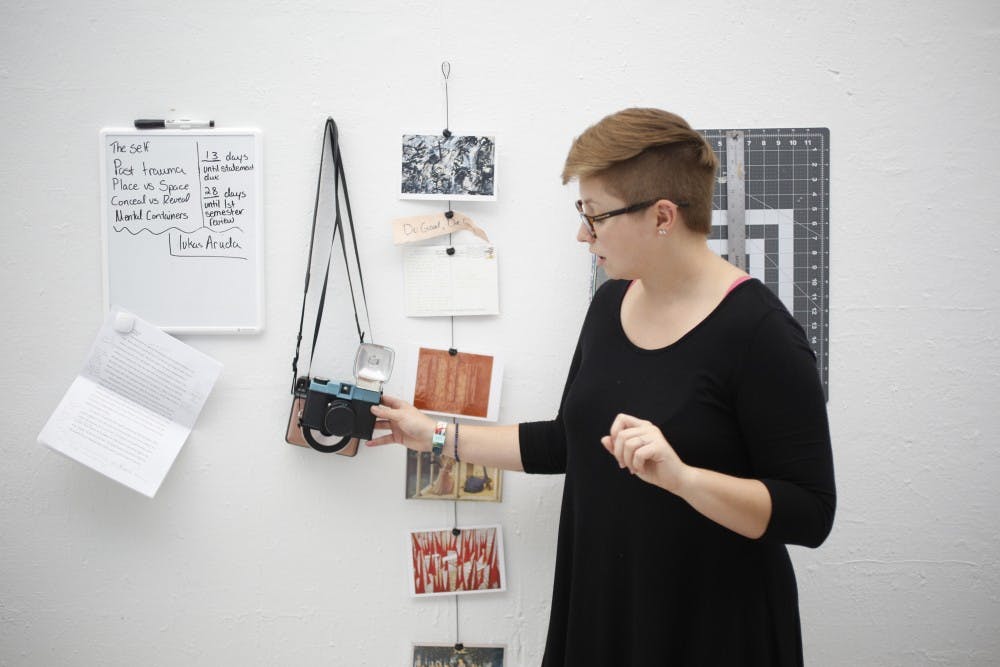UNC art classes today, which often include at least half women, would probably be unrecognizable to famous Renaissance or Modernist artists — who were historically mostly male.
The student body at UNC is now majority female — and while male students still outnumber women in programs such as business and law, women currently outnumber men in the College of Arts and Sciences, which houses many fine arts programs.
Though the art and art history field has become increasingly saturated with women, John Bowles, a UNC art history professor, said he would not describe it as female-dominated, in part due to the gender biases that women in the field still face.
“As progressive as we like to consider ourselves in art history, there are certainly some conservative elements to the culture,” Bowles said.
Most well-known galleries in the art world are still dominated by men, which Bowles said could largely be caused by ingrained gender biases in the field. He said gender inequality in the arts is also shown in more female artists speaking out as part of the #MeToo movement against sexual harassment and assault.
Emily Hobgood, a first-year graduate art student, said she has not experienced gender obstacles firsthand at UNC or UNC-Greensboro, where she completed her undergraduate degree in painting, but knows they exist in the professional art world.
“I feel that both UNC-G and UNC have been very supportive of me being a woman in the arts, and I’ve had many opportunities at both universities,” Hobgood said. “But I still do see art as a male-dominated field, and as a woman, I do recognize when I’m out in the real world, that I will have a harder time getting into shows, or hooking up with galleries.”
Hobgood referenced a show at the Mint Museum in Charlotte called “Women of Abstract Expressionism,” which featured work by female artists. She said it bothered her that the artists were referred to “woman abstract expressionists,” rather than just “abstract expressionists,” because it separated them from their male counterparts.
Despite the obstacles to women, UNC art history professor Mary Pardo said women can be drawn to the art field in part due to stereotypes that depict the fine arts as feminine.



